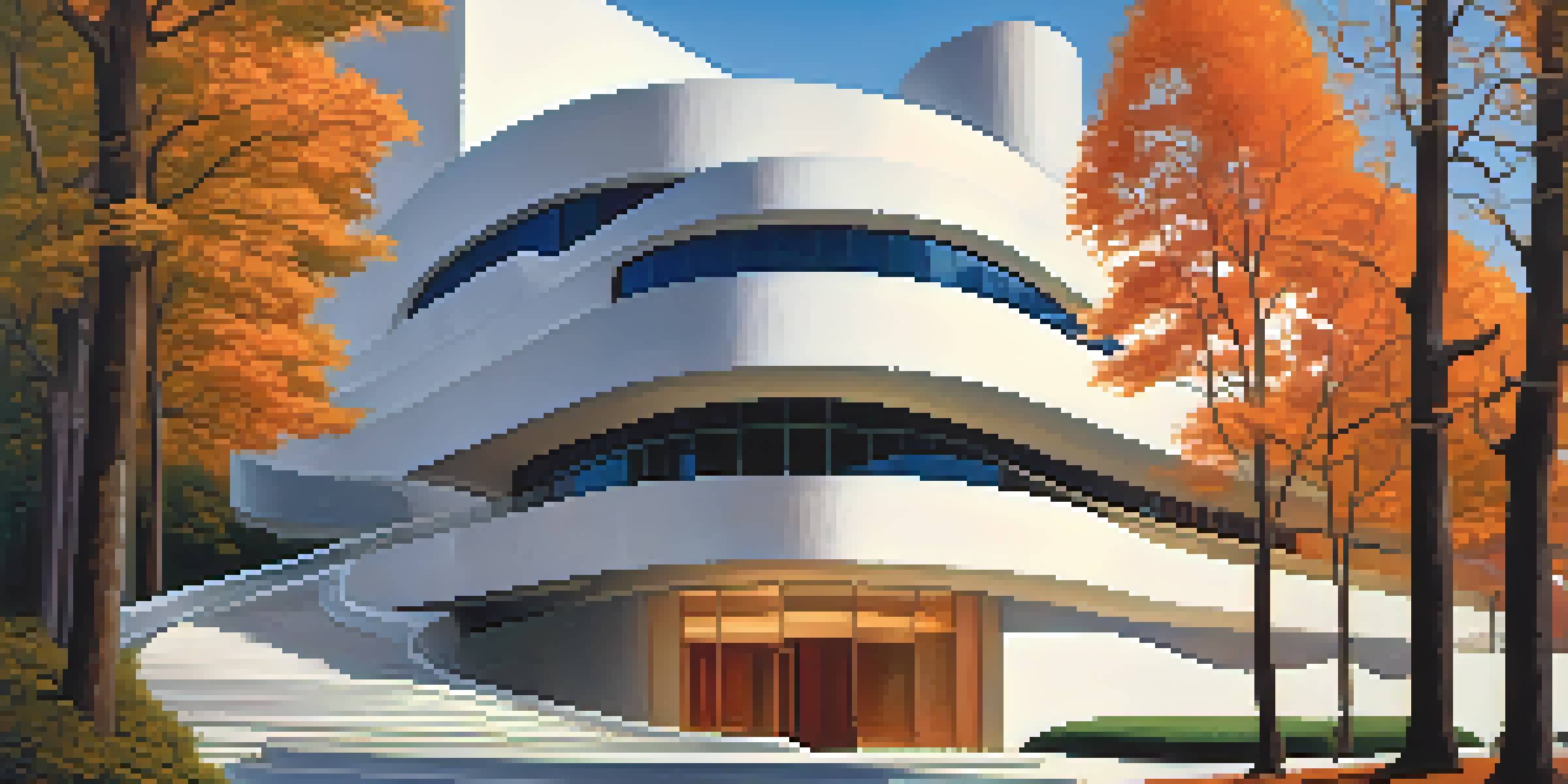Nature-Inspired Shapes: Curved Designs in Architecture

The Allure of Curved Designs in Architecture
Curved designs have a unique ability to evoke feelings of warmth and comfort. Unlike rigid, straight lines, curves create a sense of flow and movement, making spaces feel more inviting. As architects draw inspiration from nature, these organic shapes often lead to structures that harmonize beautifully with their surroundings.
Nature as a Blueprint for Architectural Curves
Nature is filled with curves, from the gentle arc of a rainbow to the flowing lines of a riverbank. Architects have increasingly turned to these natural forms as blueprints for their designs, seeking to replicate the beauty found in the world around us. By embracing these organic shapes, buildings can seamlessly blend into their environments, enhancing both aesthetics and functionality.
Curves Enhance Architectural Aesthetics
Curved designs create inviting spaces that evoke warmth and comfort, harmonizing beautifully with their surroundings.
Iconic Examples of Curved Architecture
Some of the most iconic structures in the world showcase stunning curved designs. The Guggenheim Museum in New York, with its spiraling ramp, invites visitors to experience art in a fluid space. Similarly, the Sydney Opera House features a series of shell-like structures that exemplify how curves can create both drama and harmony in architectural design.
The Benefits of Curved Structures
Curved designs offer numerous benefits beyond visual appeal. They can improve airflow and natural light in a building, enhancing energy efficiency and comfort. Furthermore, the absence of sharp corners can create safer environments, reducing the risk of accidents, especially in public spaces.
Sustainability Through Curved Designs
By mimicking natural forms, curved structures can be more energy-efficient and environmentally friendly.
Sustainability and Curved Designs
Sustainability is a growing concern in architecture, and curved designs can play a pivotal role. By mimicking natural forms, architects can create structures that require less material and energy to build. Additionally, these designs often incorporate green technologies and materials, further reducing their environmental footprint.
Curved Designs in Urban Planning
Curves are not just limited to individual buildings; they also have a significant role in urban planning. Streets designed with gentle curves can foster a more pedestrian-friendly environment, promoting walkability and community interaction. This approach encourages the development of vibrant public spaces where people want to gather and connect.
Curved Shapes Promote Community Interaction
In urban planning, gentle curves can foster pedestrian-friendly environments that encourage social connections.
Cultural Influences on Curved Architecture
Cultural influences often shape how curves are used in architecture. In many cultures, curves symbolize growth, fluidity, and harmony, making them a favorite choice in design. For example, traditional Japanese architecture often features curved roofs that reflect the natural landscape, showcasing a deep connection between built environments and nature.
The Future of Curved Architectural Designs
As technology advances, the possibilities for curved architectural designs are expanding. Innovations like 3D printing and advanced modeling software allow architects to experiment with complex shapes that were once thought impossible. This evolution promises to usher in a new era of architecture that is not only visually stunning but also deeply rooted in the principles of sustainability and harmony with nature.